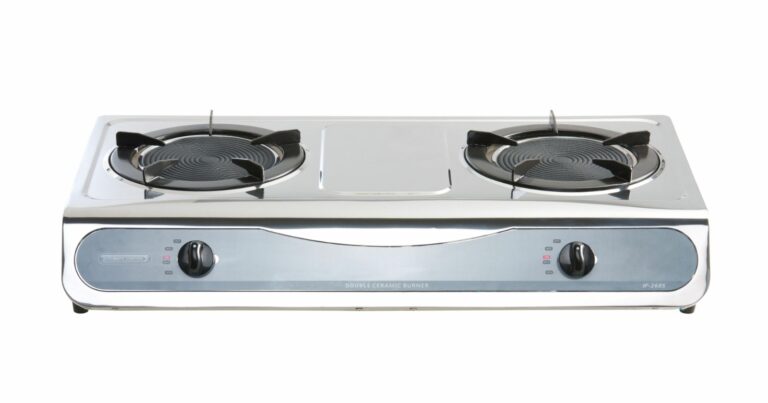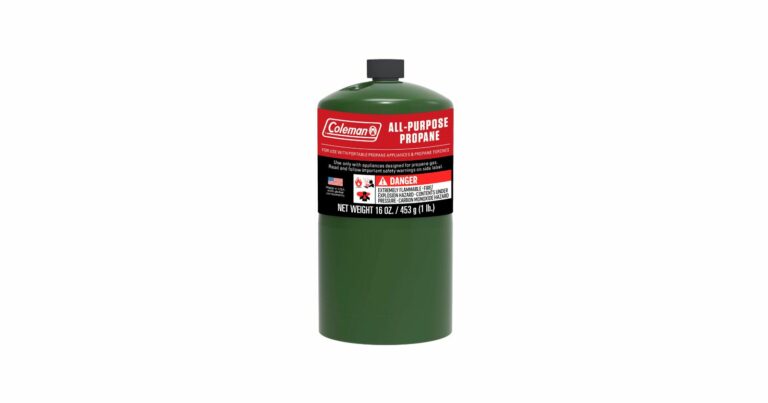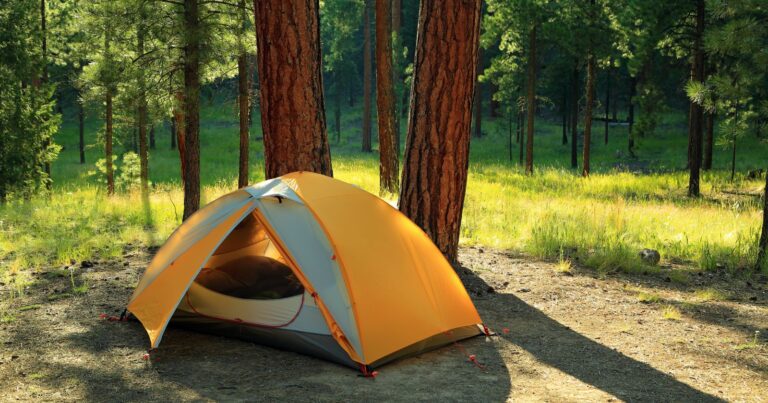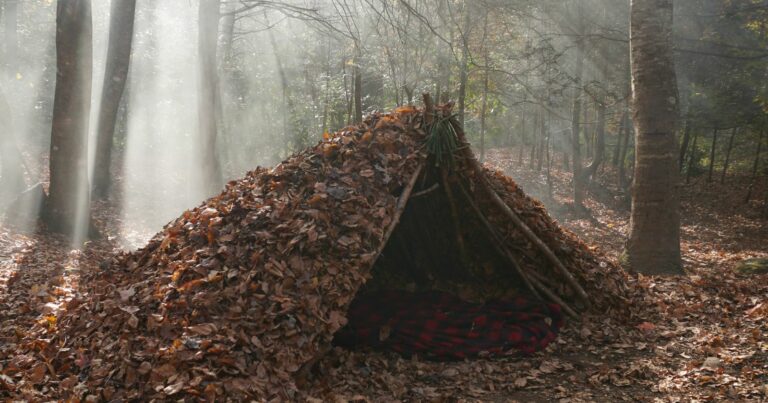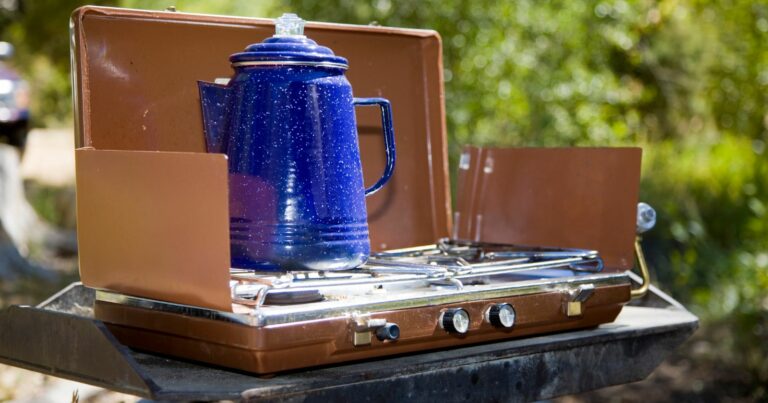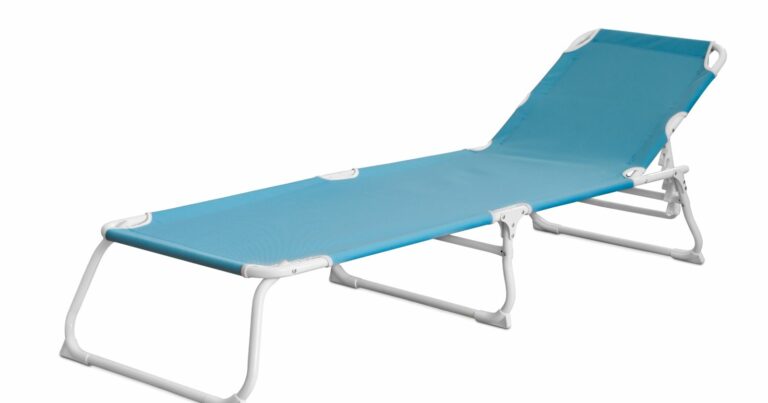What Do You Put on a Camping Stove?
The mesmerizing glow of the campfire lights up your face as you breathe in the crisp night air. Your stomach grumbles, craving a hot meal after a long day on the trail. As you pull out pots and packaged food from your pack, you glance at your trusty camping stove.
This compact workhorse will fuel your outdoor culinary adventures, but you need to prep it properly first. From fuel to accessories, we’ll explore what to put on a camping stove so you can whip up tasty backcountry feasts.
With the right gear and know-how, you’ll be a wilderness chef in no time. Let’s get cooking over the dancing flames under a sky full of stars! Your campsite kitchen awaits.
Choosing the Best Camping Stove
The foundation of your camp kitchen is a solid camping stove. Your stove choice can make cooking easy or more challenging. Keep these tips in mind:
- Weight –Ultralight backpacking stoves weigh less than a pound, while larger car camping stoves can weigh 10 pounds. Choose a heft that suits your needs.
- Packed size – Consider how much space your stove uses when stored for transport to your campsite.
- Fuel type – Camping stoves use propane, isobutane, alcohol, or other fuels. Each has pros and cons regarding cost, efficiency, and performance.
- Wind resistance – Shields and windscreens help stoves maintain heat in windy conditions. Look for models with good wind protection.
- Stability – A broad, sturdy base helps keep stoves upright on uneven ground. Models with low centers of gravity tend to be more stable.
There are many excellent camping stove brands and models to discover. Reading stove reviews can help you select your perfect match.
Picking Fuel for Camp Cooking
You’ll need an adequate fuel supply to keep your camping stove cooking. Stock up on the type of fuel your stove requires.
Propane is readily available, affordable, and provides a consistent flame. Small canisters make it very portable.
Liquid fuel like white gas gives great performance but requires priming and maintenance.
Isobutane is easy to use, very stable, and works well in cold weather. Canisters are not refillable.
Wood is a free, natural fuel option but creates more smoke and cleanup.
Bring extra fuel canisters so you don’t run out mid-trip. And store all fuel safely away from tents.
Handy Camp Stove Accessories
Beyond basic fuel, camping stoves benefit from a few key accessories:
- Windscreens surround the stove to shelter flames from wind. Use foil or purchase collapsible models.
- Pot stands hold pots and pans over the stove burner safely. They provide stability and protect the fuel canister.
- A ** fuel bottle** makes it easy to refill liquid fuel stoves as needed. Mark the bottle’s contents clearly.
- Fire starters like matches, lighters, and fire starter blocks help safely ignite your stove. Bring several options.
- Multi-tool with pliers helps adjust stove parts and provides general repairs if issues arise.
- A cleaning kit with a brush, scraper, and cloth keeps your stove operating at peak efficiency.
Having the right gear makes camp cooking much more convenient. Now let’s look at meal planning tips.
Planning Camp Meals
When camping, you’ll want nourishing meals that are easy to cook on a basic stove. Here are some pointers:
- Focus on one-pot meals like stews, pasta, or rice dishes to minimize cleanup.
- Look for quick-cooking foods like couscous or dehydrated potatoes to save time and fuel.
- Prepare and pre-cut veggies and proteins at home so they just need reheating at your site.
- Pack non-perishable spices to add flavor like garlic, chili powder, curry paste, or hot sauce.
- Bring foil packets to make veggie or meat foil packets you just set atop the stove flames.
- Have go-to trail snacks on hand for quick energy like nutrition bars, dried fruit, and mixed nuts.
With smart meal planning, you can enjoy filling, hearty meals with minimal effort.
Handy Camp Cooking Equipment
Along with your stove setup, be sure you have the needed pots, pans, and tools:
- Camping cookset with pots, frying pan, plates, cups, and utensils. Look for nesting models.
- A kettle or pot for boiling water, making coffee, and heating soups or oats.
- A cutlery set with knives, spoon, spatula, tongs, and cutting board.
- Collapsible water carrier with spigot for easy refilling and water storage.
- A Tupperware-type tub to wash dishes, store food, or haul water.
- Biodegradable soap for washing gear and scrubbing pots.
- Paper towels and dish towels for cleanup and drying.
Having this basic camping kitchen equipment will make meal preps and cleanup a breeze.
Setting Up Your Stove Area
Once at your campsite, create an organized cooking area:
- Find a flat, stable surface like a picnic table, rock, or cleared ground.
- Set up near your fire pit or grill to take advantage of the heat source.
- Keep your stove away from flammable objects like tents, grass, or tree branches.
- Have a fire extinguisher and first aid kit nearby in case of burns or other accidents.
- Prepare a dish washing station with soap, tub, and drying rack.
- Light the area at night with a camp lantern or headlamp hung overhead.
Put thought into your outdoor kitchen layout. This will make camp cooking safe, efficient, and easy.
Using Your Camping Stove Safely
While very convenient, stoves do carry risks. Keep these safety tips in mind:
- Supervise children closely when the stove is lit. Have a hands-off policy.
- Watch loose clothing that could catch fire if too close to the burner.
- Check connections to confirm fuel canisters are tightened properly before lighting.
- Light carefully by creating a spark at the burner instead of over the fuel source.
- Monitor flames and adjust heat levels carefully, avoiding flares.
- Let the stove cool fully before changing canisters, moving, or packing up.
Camping stoves allow you to cook tasty, hot meals in nature. With proper care, they can be very safe and reliable to use.
Enjoy Delicious Camp Cooking!
After a day full of fresh air and adventure, gathering around a warm, crackling fire to enjoy a hot, hearty meal is one of life’s great pleasures. With a quality camping stove and the right accessories, fuels, and cooking gear, you can whip up delicious backcountry cuisine easily. Plan out meals, organize your cooking station, and employ safe practices for rewarding camp cooking. Ignite your inner chef as you bond with nature and satisfy your appetite under the stars. Happy camping!


